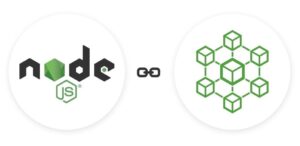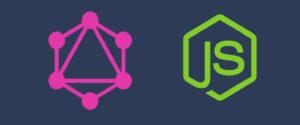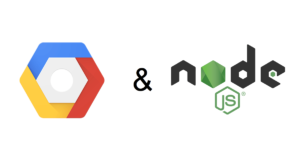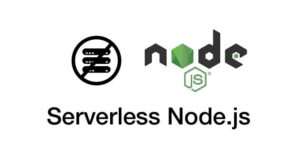We’re going to share the Top 5 Nodejs trends that will hit this 2020. Most of the Fortune 500 companies and blooming startups have already implemented Nodejs development in their web application technology. Without any doubt, keep this in mind that Nodejs going to be the next big thing in the technology stack. And it may even grow at rapid pace in the coming years.

As of now, Nodejs has powered more than 100000+ websites just because of its light-weight nature in web application development. Nodejs is great in processing an enormous number of asynchronous requests. And also, it handles a big bundle of data easily.
Nodejs is now getting even more powerful with each and every release and update. On account, that it is actively used by big companies like LinkedIn, Netflix, Medium, Uber, NASA, and PayPal.
Read: List of famous web applications built with Nodejs
With its rich ecosystem, Nodejs benchmarks and trends for virtually everything that reaches new heights in this technology-driven era.
Here are the 5 trends of Nodejs that believed to be the great influencer of tech industries:
TOP 5 NODEJS TRENDS
TREND #1: MICROSERVICES

Microservices is an architectural approach, which is based on building an app as a collection of small services. It is helpful in the maintainability of code and in rescuing Nodejs application from collapsing. It paves a new way to a serverless approach to developing an app from multiple small services.
Microservices written in Nodejs is best-fitted for enterprise-level projects for improving maintainability and eliminating the debt of their current stack. So the microservices pattern in Nodejs allows for independent scalability, development, and reusability and deployment of functionalities.
TREND #2: GraphQL

GraphQL is a robust solution that helps both JavaScript and Nodejs with its useful features. Using GraphQL in your application allows for the use of multiple data sources effectively. Eventually it regulates the workflow on multiple platforms while the features are developed.
By using GraphQL, the consumers can get what they want with reduced data over fetch. This also offers additional security layers for the application that reduces the risk of highly protected data exposure. It also acts as the alternative for database model modification
GraphQL is considered as the great connector when switching from existing technology to the new one as it doesn’t require the underlying dependencies to be written in one stack. It is easier to expand the models until the upcoming database migration occurs.
TREND #3: CLOUD COMPUTING

This is one of the major Nodejs trends that is to build a new application or to enhance your existing application. Nodejs reduces the requirement of hardware dependency to a great extent.
This makes Nodejs fit greatly for cloud applications. One can easily deploy Nodejs in their existing cloud apps. Cloud computing allows for the most varied service models, they are:
- Platform as a Service(PaaS)
- Software as a Service (SaaS)
- Infrastructure as a Service (IaaS)
- Content as a Service (CaaS), and
- Function as a Service (FaaS).
Some benefits of clouding computing solutions :
- Easy cost projection
- Scalability
- Security and privacy
TREND #4: SERVERLESS ARCHITECTURE

Tech companies like Netflix, Telenor, Reuter have already started using serverless architecture in their production. The main purpose of developing a serverless architecture to reduce the complex hardware usages and server maintenance.
Opting serverless technology greatly reduces the cost and the time taken for project planning. With serverless architecture, the server management and additional features are easy to deploy. So, these Nodejs trends comes with some good benefits in production.
- Improved code quality
- Reduced project cost
- Reusable code modules
- Increased flexibility
TREND #5: FRAMEWORKS

The use of full-stack Nodejs will have direct influence over the performance of your application. The two powerful Nodejs stacks are MEAN(MongoDB, Express.js, Angular.js, Nodejs) stack and MERN(MongoDB, Express.js, React.js, Nodejs) stack.
Both are famous and open-source development frameworks. So it helps developers to create complex mobile and front-end web applications. The most used minimal frameworks of Nodejs in web app developments are:
- Express.js – Capability to develop excellent web APIs and a wide range of plugins.
- KOA – Good at handling errors and reduces the callbacks.
- Meteor – Provides faster development and requires lesser code to build.
Read: Top full-stack Nodejs frameworks to use in 2020
FINAL WORDS
As you just saw, these trends of Nodejs will benefit you tremendously with time. So as a result, it has now become a mature technology to use in your next Nodejs development project. Contact us to book a free consultation today.
Leave a Reply